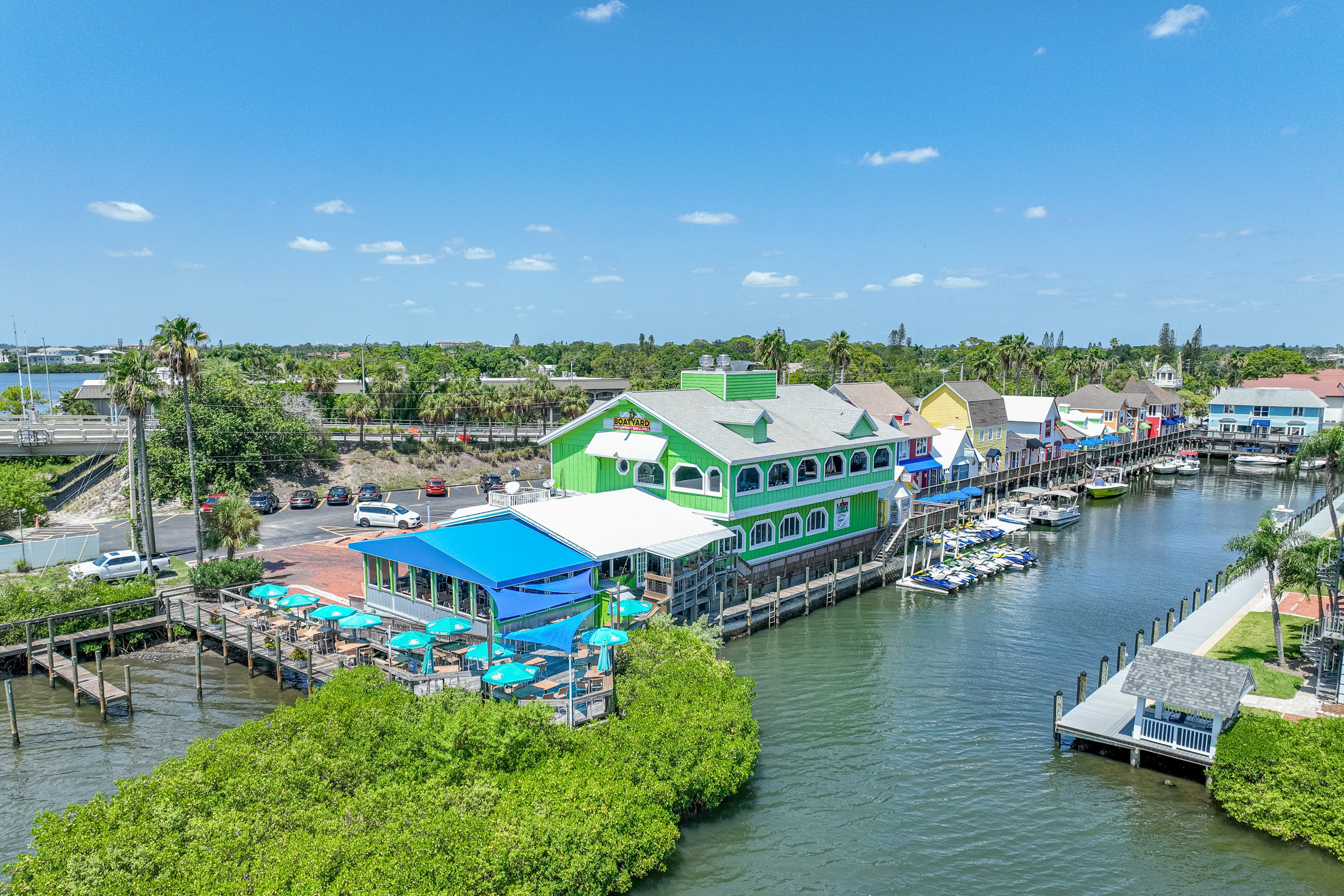The Battle Over Beach Road

Mike Cosentino on a section of Siesta Key's Beach Road that has been closed to cars since 1993.
Image: Barbara Banks
Mike Cosentino's Siesta Key living room is a living room no more. It’s a war room. Long-sleeved white T-shirts emblazoned with the slogan “Reopen Beach Road” tumble out of cardboard boxes stacked in one corner. On a large table in the middle of the room, legal pads are piled atop engineering reports and newspaper clippings are stacked next to legal filings. There are complaints, affidavits, summonses, motions, counter-motions—all the paper that’s generated when you file a lawsuit, a suit that in this case targets Sarasota County.
Cosentino and attorney Elizabeth Gomez-Mayo, who's assisting him, have charged that the County Commission violated its comprehensive plan last May by voting to give up a 230-foot stretch of Siesta Key beachfront road that has been closed to motorists since 1993. The move was requested by Dennis and Wendy Madden, a Michigan couple who hope to tear down an aging vacation rental building on the road and replace it with a new structure. The decision infuriated Cosentino, who argues that the action was a government giveaway, and a first step toward restricting access to a popular section of Siesta sand.
“Their goal is to build a giant-ass condo and privatize the beach,” he says. To him, the legal argument is simple. The comprehensive plan states that the county “shall not vacate road segments on waterfronts along any creek, river, lake, bay or Gulf access point.” That same language prompted then-commissioner Christine Robinson to cast the lone vote against the proposal. “The law is clearly on our side,” Cosentino argues. Maybe. A hearing is scheduled for Feb. 13.
In the meantime, Cosentino and Gomez-Mayo are publicizing their case, with a website, a nonprofit (Reopen Beach Road, Inc.) and two charter amendment petitions that would allow voters to “rescind” the commission’s decision and preserve other roadways. Their suit has become a popular cause, with a number of businesses posting “Reopen Beach Road” signs and supporters turning out to protest at commission meetings.
“The next person I meet who disagrees with me will be the first person who disagrees with me,” Cosentino says.
But as of late December, the pair had collected just eight signatures for each of its two petitions. They need signatures from 5 percent of the county’s registered voters—about 15,000 people.
Although the county’s decision last May shoved the issue into the spotlight, the Maddens’ plans go way back. The couple first met with Sarasota attorney Charlie Bailey five years ago, when they began working on a proposal to tear down four buildings constructed between 1935 and 1945 along a stretch of Beach Road between Columbus Boulevard and Avenida Messina. The goal: to replace those structures with one six-unit building with three stories over a parking area. To accomplish that under county density rules, the Maddens needed to absorb the roadway in front of their property to create a single, contiguous parcel that would also rope in three vacant lots the couple owns on the beachfront side of the road.
The segment of Beach Road vacated by the county has been closed to vehicular traffic since 1993. Coastal erosion has left much of the pavement covered in sand—impassable except on foot. In October 2012, a section of the road collapsed and “some portions” even “washed away,” according to a county report.
The county shortly thereafter hired Taylor Engineering to review possible options for the road. The Taylor report called the spot “a popular gathering place for locals and visitors alike” and suggested a handful of ways to improve the property and protect the roadway from further damage. A concrete seawall with stairway access to the beach and new trees lining sidewalks adjacent to the road would cost the county approximately $2.4 million, according to the report. Repairing and maintaining the road, Taylor estimated, would cost the county $5.8 million over the next 50 years. After learning that the county was exploring what to do with Beach Road, Bailey reached out to explain the Maddens’ plans. A year later, county staff recommended that the commission take no action, arguing that the county should avoid further “hardening” the shoreline.
For Cosentino, that shows the fix was in. The county allowed the property to degrade and then later gave away the road. But supporters say the commission’s decision was a win-win. The county rid itself of the obligation to maintain a road that’s been closed to cars for 24 years and is constantly battered by storms, and as part of the deal, the Maddens agreed to a “perpetual” easement that maintains access for pedestrians, bicyclists and pets, as well as a path that provides a direct link to the beach itself. “Everything the public can do there today … they can do tomorrow,” Bailey testified during the May commission debate. A mockup of plans for the roadway shows a handful of bollards blocking cars, as well as signs making it clear that the property remains open to the public. The promised walkway will “ensure forever that people walking along here could get out to the beach,” Bailey argued.
Cosentino, Gomez-Mayo and their backers are skeptical. The Beach Road vacation comes on the heels of other Siesta Key land use decisions that activists have questioned. “If you give them an inch,” Cosentino says, “they take it a mile and a half.”



